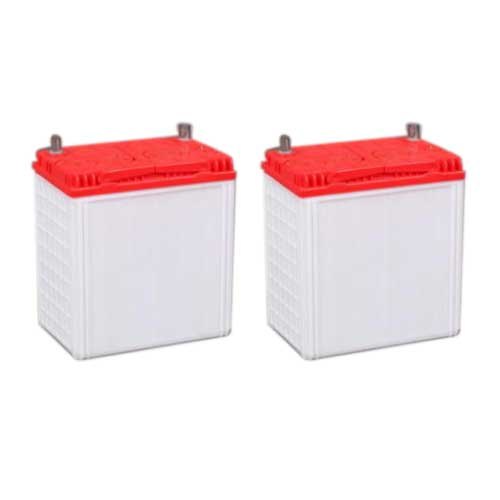As the world shifts towards sustainable energy solutions, solar power continues to gain momentum as a clean and renewable source of electricity. For homeowners and businesses looking to maximize their solar energy investment, integrating a solar battery into their photovoltaic (PV) system offers numerous benefits. As a leading solar battery manufacturer in India, Sarex is committed to empowering individuals and businesses with reliable energy storage solutions. In this article, we’ll explore the advantages of choosing a solar battery for your PV system and why Sarex is your trusted partner in solar energy storage.
Why Choose a Solar Battery for Your PV System?
- Energy Independence: By pairing your PV system with a solar battery, you can store excess solar energy generated during the day for use during periods of low sunlight or at night. This reduces reliance on the grid and provides greater energy independence, allowing you to power your home or business with clean energy even when the sun isn’t shining.
- Maximized Self-Consumption: With a solar battery, you can increase self-consumption of solar energy by storing excess power for later use. This reduces the need to export surplus energy back to the grid, maximizing the return on your solar investment and reducing electricity bills.
- Backup Power: Solar batteries provide backup power in the event of grid outages, ensuring uninterrupted electricity supply to critical loads such as refrigerators, lights, and essential appliances. This adds an extra layer of resilience to your home or business, particularly in areas prone to power disruptions.
- Time-of-Use Optimization: Many regions have time-of-use electricity tariffs where energy costs vary throughout the day. With a solar battery, you can store excess solar energy when electricity rates are low and discharge it when rates are high, optimizing your energy consumption and reducing utility expenses.
- Environmental Benefits: By utilizing solar energy stored in batteries, you reduce the need for fossil fuel-based power generation, leading to lower carbon emissions and a smaller environmental footprint. Choosing a solar battery aligns with sustainability goals and contributes to a cleaner, greener future for generations to come.
Why Choose Sarex as Your Solar Battery Manufacturer in India?
- Quality and Reliability: Sarex is committed to delivering high-quality solar batteries that meet rigorous performance and safety standards. Our batteries are engineered for durability, reliability, and long-term performance, ensuring peace of mind for our customers.
- Innovation and Technology: As a pioneer in solar energy storage, Sarex invests in research and development to bring innovative battery technologies to market. We leverage the latest advancements in battery chemistry, design, and manufacturing processes to deliver cutting-edge solutions that meet the evolving needs of our customers.
- Customized Solutions: Sarex understands that every customer has unique energy storage requirements. That’s why we offer customizable solar battery solutions tailored to specific applications, whether it’s residential, commercial, or industrial. Our team of experts works closely with customers to design and deploy customized solutions that maximize energy savings and efficiency.
- Customer Support: At Sarex, customer satisfaction is our top priority. We provide comprehensive pre-sales and post-sales support to assist customers at every stage of their solar battery journey. From system design and installation to maintenance and troubleshooting, our dedicated team is here to ensure a seamless experience for our customers.
- Commitment to Sustainability: Sarex is committed to sustainability and environmental stewardship. We believe in harnessing the power of the sun to create a more sustainable future for all. By choosing Sarex as your solar battery manufacturer, you’re not just investing in a product – you’re investing in a cleaner, greener tomorrow.
Choosing a solar battery for your PV system offers numerous advantages, from increased energy independence and self-consumption to backup power and environmental benefits. As a trusted solar battery manufacturer in India, Sarex is your reliable partner in energy storage solutions. With our commitment to quality, innovation, customization, customer support, and sustainability, we’re empowering individuals and businesses to harness the sun’s energy and create a brighter future for generations to come.


















